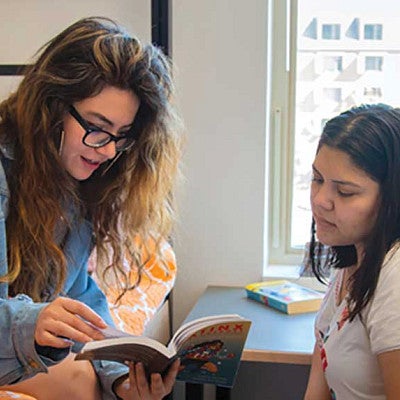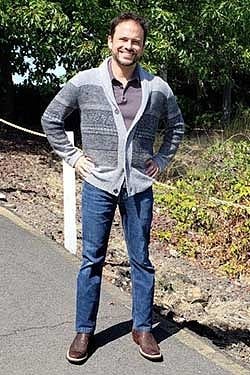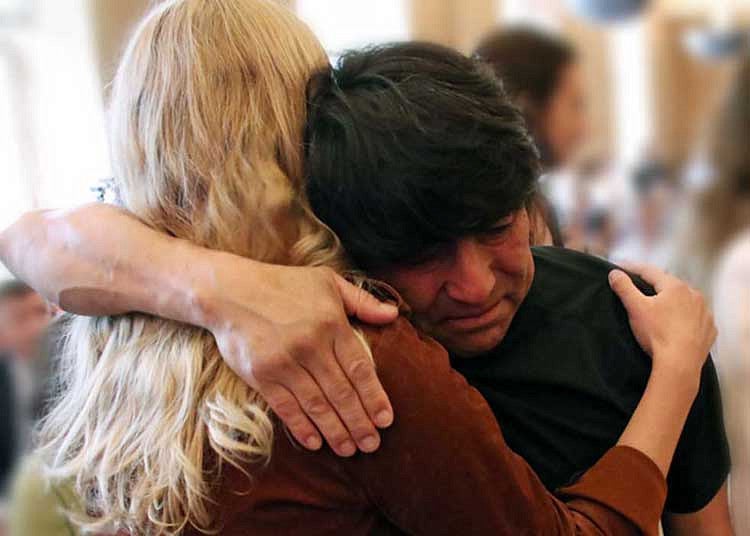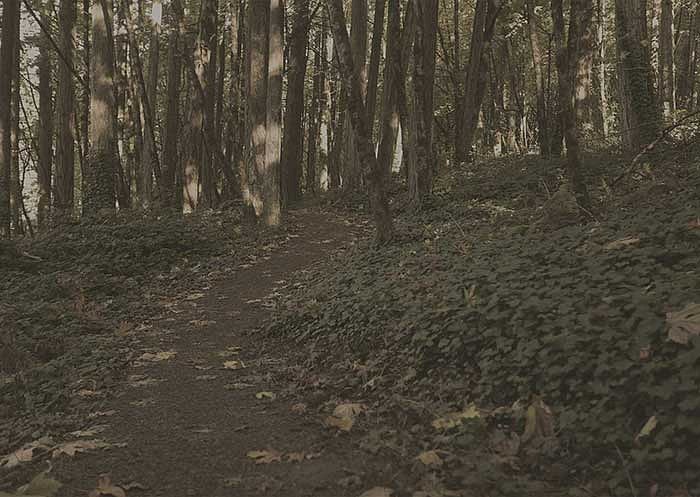
I come from the smell of tortillas on the comal pan on Saturday mornings; the aroma of chiles burning on the stove suffocating the air around you to the point that you’re crying out loud. For years I dreamt about being where I am today, in college, giving it my all—echándole ganas.
But there are times where I have missed waking up on Sunday mornings to the music of Juan Gabriel and the smell of Fabuloso we use to clean. What I wouldn’t do for more simpler times. Being away from home can be hard sometimes. I have found it important to find things that bring me the comfort of mi casa.
The start of the academic year brings many things for everyone—new students, new friends—but for me, it means recognition and representation—Latinx Heritage Month. Brown people on the big screen, the music of my people—la música de mi gente, the colors of home, all harken me back to where I come from, de donde vengo.
During Latinx Heritage Month at the University of Oregon, mi campus feels like mi casa. Only this time, I didn’t have to travel miles to get back home.
First-year students find personal and academic support as they transition to college
New for fall 2019 is Latinx Scholars, one of 15 academic residential communities (ARCs) at the University of Oregon. Located in Justice Bean Hall, the Latinx ARC is open to first-year students who identify as Latinx or as allies to the Latinx community.
“As is the case for all of the ARCs, having that smaller community with some shared interests can help make the transition into the university easier for students and improve retention,” said Michael Hames-García, professor of indigenous, race, and ethnic studies and faculty director for the Latinx ARC.
As part of his planning process, Hames-García called some of the student applicants last spring and interviewed them about their interest in living in the new community.
“Many said they were nervous about leaving home for the first time,” Hames-García said. “They may be coming from a heavily Latino community, and they’re hoping that being around people from similar backgrounds will help them feel more at home.
“There were also, though, some students who are coming from a small town, say in eastern Oregon, where they may be the only Latino in class, and they’re looking forward to finally having this opportunity for a sort of culture immersion.”
Hames-García added that some of the students are bilingual in English and Spanish, and they are excited about living in a space where they can use both languages on a daily basis.
As their name implies, a major focus of these communities is academics. Hames-García will be teaching a year-long undergraduate course tailored specifically for this ARC. His students will also take his course, Introduction to Chicanx and Latinx Studies (ES 254), in fall term.

The remainder of the year will have students taking two other courses from a curated menu in Latinx studies, such as Spanish heritage, Latino literature, or music of the Americas.
“All the classes meet general education requirements,” Hames-García said, adding that his 31 incoming ARC residents encompass a wide range of pre-majors. “Even if they are a physics major, they will be satisfying requirements.”
Each term will include an immersive experience into a different aspect of university life and research, Hames-García said.
This fall his students will have a special dinner meeting with Helena María Viramontes—author of this year’s Common Reading book, “Under the Feet of Jesus”—when she visits campus in October.
“As it happens, she was a professor of mine at Cornell,” Hames-Garcia said, adding, “I had no part in the selection of her book for the Common Reading this year, but it was perfect serendipity.”
Latinx Resources
UO Connections
Ethnic Studies Courses
Fall 2019 by Michael Hames-García
Winter 2020 by Marcel Brousseau
Winter 2020
Fall 2019 by Ernesto Javier Martínez
Spring 2020
Spring 2020 by Michael Hames-García
Spring 2020 by Alaí Reyes-Santos
Spring 2020 by Alaí Reyes-Santos
Winter 2020 by Alaí Reyes-Santos
Spring 2020 by Michael Hames-García
Spring 2020 by Alaí Reyes-Santos
Winter 2020 by Alaí Reyes-Santos
Spring 2020 by Michael Hames-García
Fall 2019 by Jessica Vasquez-Tokos
Spanish and History Courses





